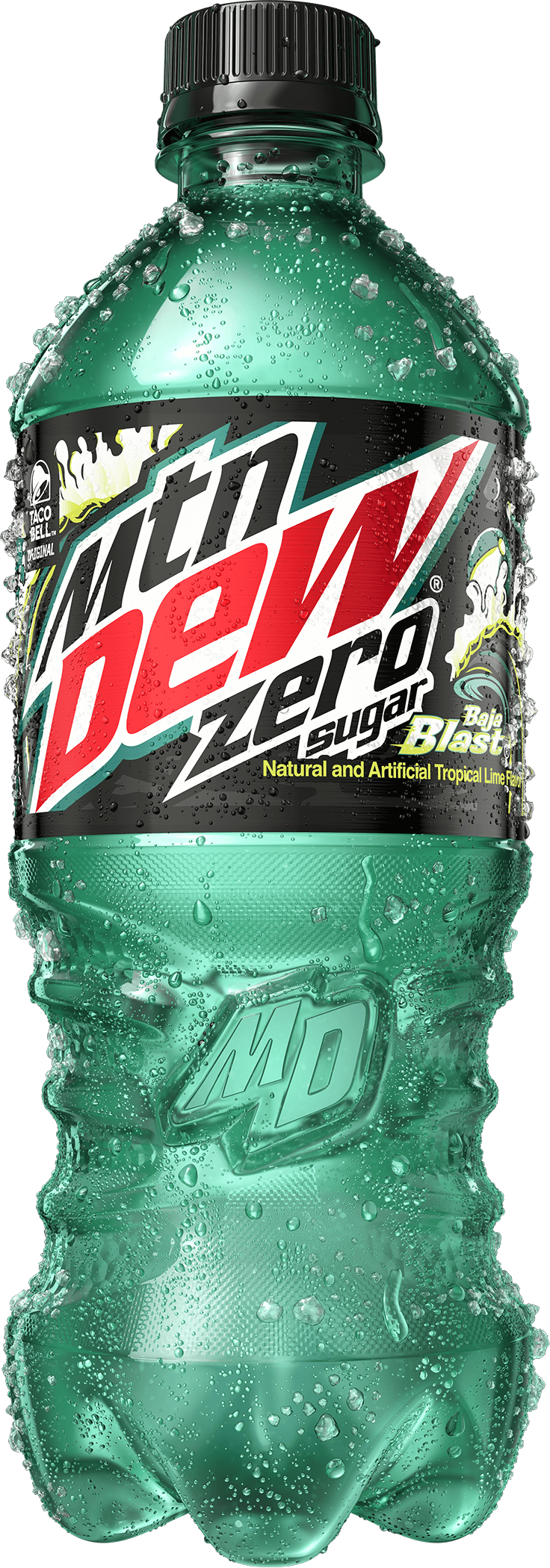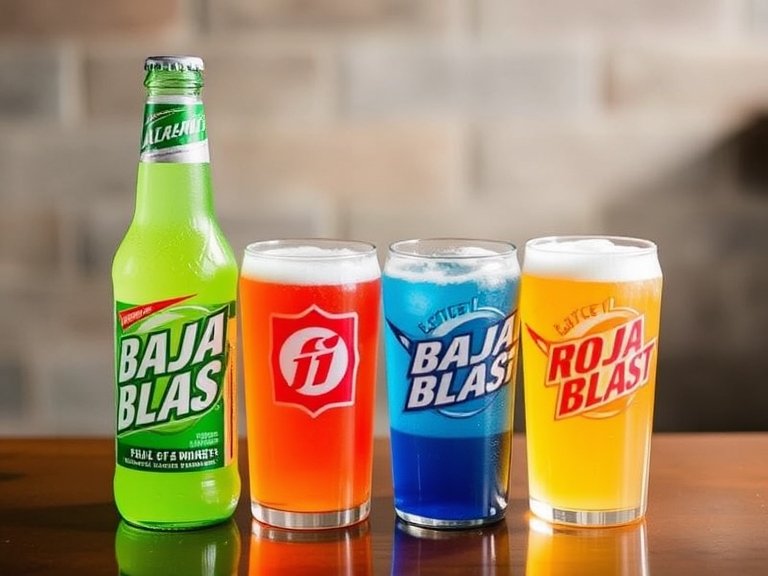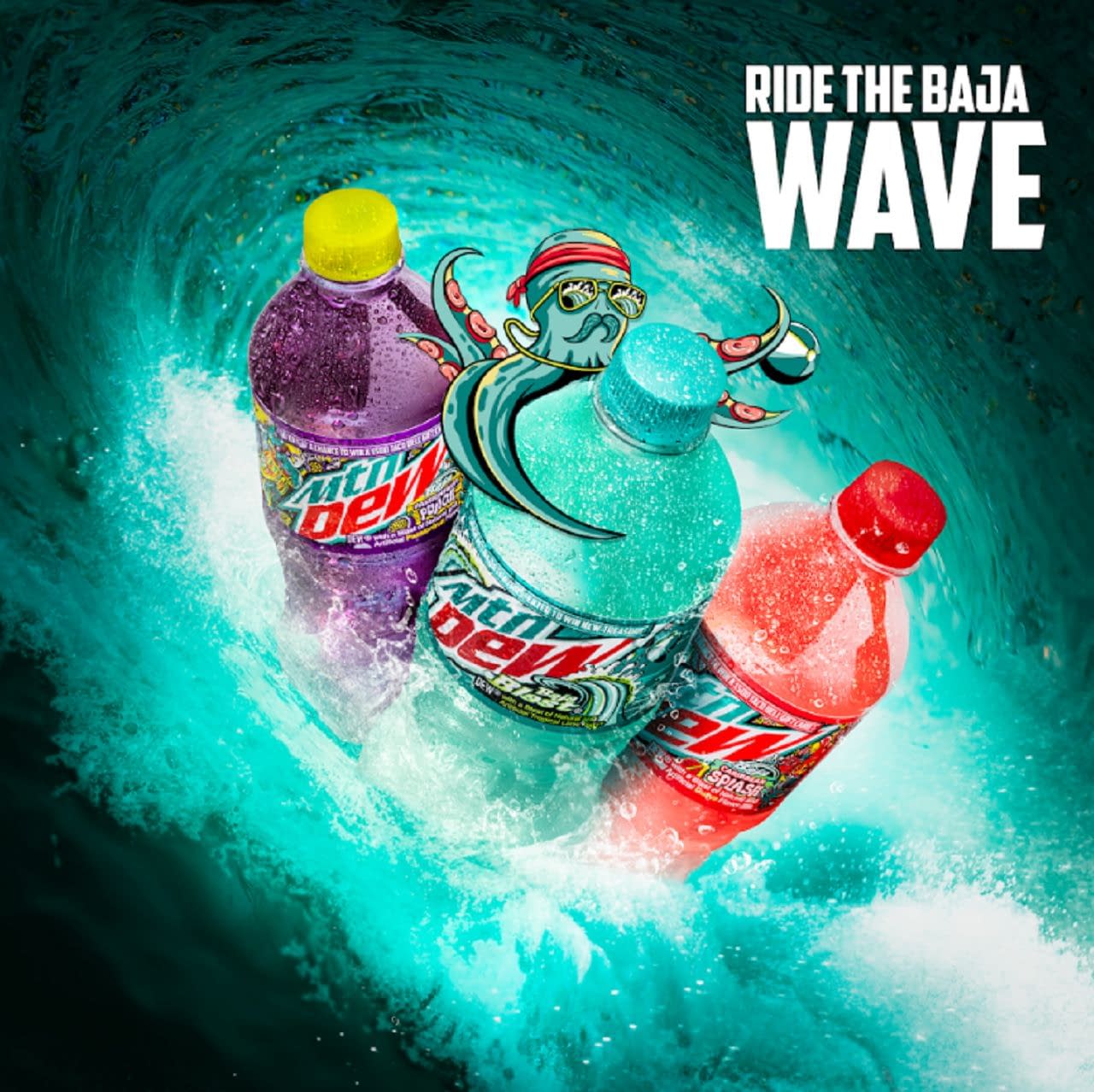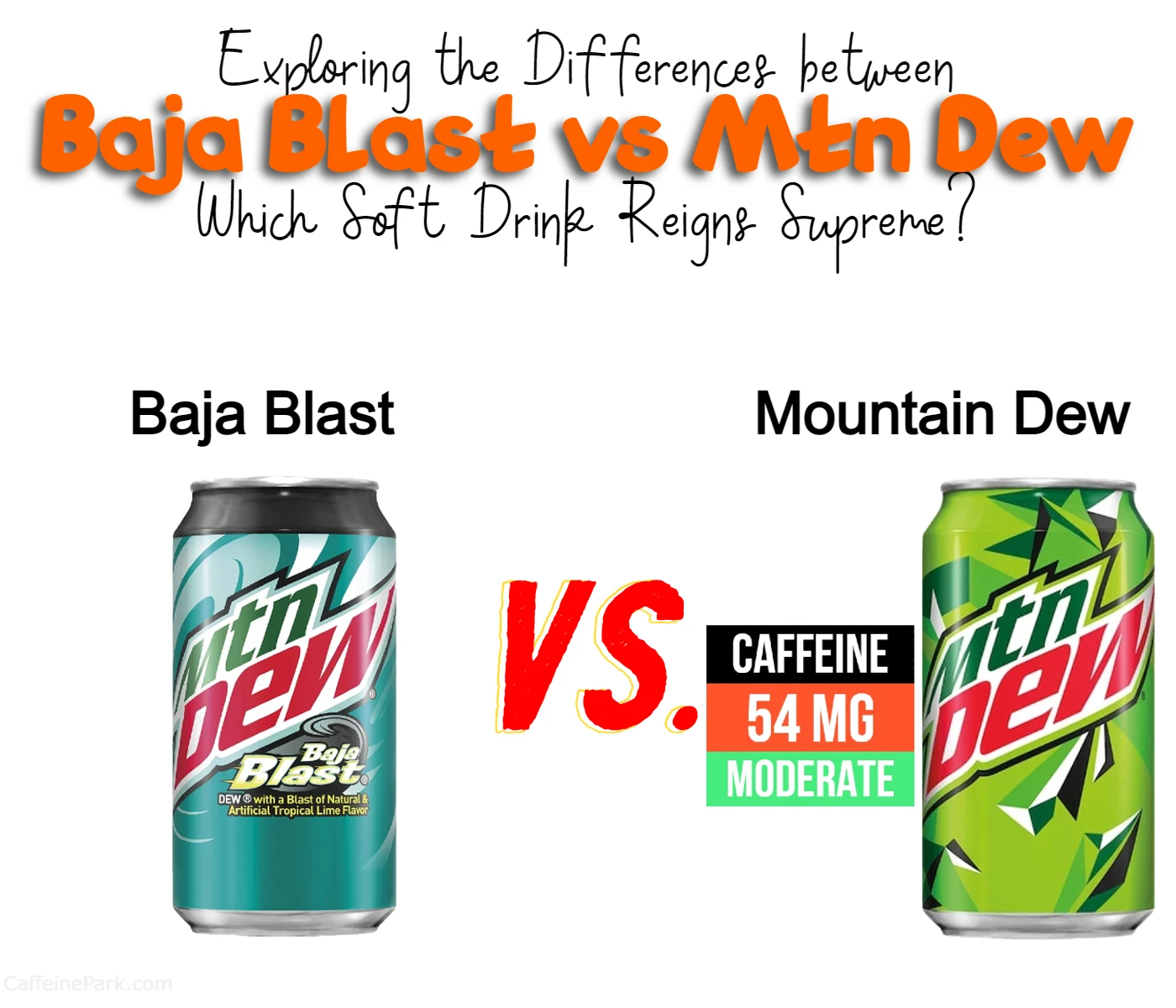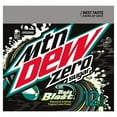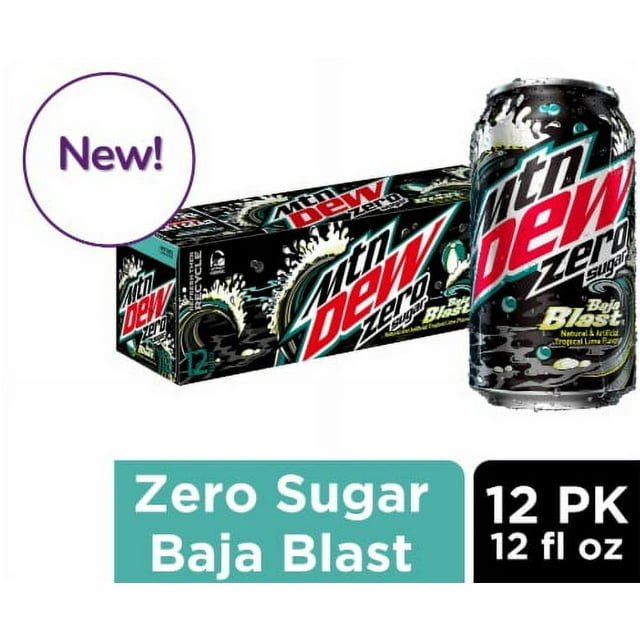Baja Blast Vs Baja Blast Zero

A battle of the blasts is raging! Baja Blast and Baja Blast Zero Sugar are locked in a fierce popularity contest, leaving consumers divided.
This article dissects the ongoing showdown between these two Mountain Dew flavors, examining sales data, consumer preferences, and the factors driving this unexpected cola clash.
The Core Showdown
At the heart of this debate lies a simple question: which Baja Blast reigns supreme? The original, with its sugary sweetness, or the zero-sugar variant, promising guilt-free refreshment? The answer is far more complex than a simple taste test.
Sales Figures: The Numbers Tell a Story
While precise, publicly available sales data for each flavor is closely guarded by PepsiCo, industry analysts suggest that both versions are performing exceptionally well. Initial reports indicated strong adoption of Baja Blast Zero Sugar upon its wider release, drawing in health-conscious consumers. However, the original Baja Blast maintains a loyal fanbase, fueled by nostalgia and its distinctive flavor profile.
Consumer Sentiment: A Divided House
Social media platforms are awash with opinions. Die-hard fans of the original Baja Blast often cite the perceived difference in taste as a dealbreaker. Many find the artificial sweeteners in the zero-sugar version create an aftertaste they dislike.
Conversely, proponents of Baja Blast Zero Sugar applaud its ability to deliver the classic tropical lime flavor without the sugar rush. This version is particularly appealing to individuals managing diabetes or those simply seeking to reduce their sugar intake.
"I switched to Baja Blast Zero Sugar and I don't miss the original at all!" says @ZeroSugarFanatic on X (formerly Twitter).
The Taste Test: A Subjective Experience
Taste, of course, is subjective. Many blind taste tests have been conducted by amateur reviewers, yielding mixed results. Some claim to detect a noticeable difference in flavor intensity between the two.
Others find the differences negligible, especially when consumed cold or paired with food. The perception of sweetness and the presence (or absence) of an aftertaste seem to be the key differentiators.
Availability and Distribution
Baja Blast, originally a Taco Bell exclusive, has expanded its reach significantly. Both versions are now widely available in bottles, cans, and fountain drinks across the US and Canada. The consistent availability has played a crucial role in fostering brand loyalty and fueling the ongoing debate.
Limited-edition variations, such as Baja Blast Mango Gem or Baja Blast Pineapple, further complicate the landscape. These seasonal offerings often create temporary spikes in demand and stir up further discussions about flavor preferences.
The Marketing Angle
PepsiCo's marketing strategy has been instrumental in the success of both Baja Blast variants. Clever campaigns targeting specific demographics have helped solidify their positions in the market. The company has successfully tapped into the nostalgia factor associated with the original Baja Blast, while simultaneously promoting the zero-sugar option as a modern, health-conscious alternative.
Ingredients Breakdown
The key difference lies in the sweetener. The original Baja Blast utilizes high fructose corn syrup. Baja Blast Zero Sugar relies on artificial sweeteners like aspartame and acesulfame potassium.
These artificial sweeteners are significantly sweeter than sugar, allowing for the same level of sweetness without the caloric impact.
Health Implications
The health implications are straightforward. The original Baja Blast contains a significant amount of sugar, contributing to potential health concerns like weight gain and increased risk of type 2 diabetes. Baja Blast Zero Sugar offers a sugar-free alternative, but concerns remain about the long-term effects of artificial sweeteners, although current scientific consensus deems them safe within acceptable daily intake levels.
The Future of the Blast
The Baja Blast saga is far from over. PepsiCo will likely continue to innovate with new flavors and variations, keeping the brand fresh and exciting. The ongoing competition between the original and zero-sugar versions will undoubtedly continue, driven by consumer preferences and evolving dietary trends.
Expect to see more limited-edition releases and targeted marketing campaigns in the future. The "Baja Blast" summer promotion continues to be a significant event, solidifying the drink's place in popular culture.
:max_bytes(150000):strip_icc()/Mtn-Dew-Baja-Blast-Returns-FT-BLOG0622-a64cd23c37db43fbaed5db8611dfd46e.jpg)
